The Huangdi Neijing (Yellow Emperor’s Inner Canon) posits that Qi and blood are one entity. Previously, we discussed the implications of Qi deficiency. Today, we will talk about blood deficiency—specifically, blood stasis. Traditional Chinese Medicine (TCM) believes that blood is transformed from Qi, and when Qi and blood are obstructed, it can coagulate into spots, which is referred to as blood stasis.
Do you have a dull complexion or easily develop brown spots? Do you experience frequent pain in your body? Are you prone to dark circles under your eyes? Do you often forget things and have a tendency towards forgetfulness? Be cautious; you may have a blood stasis constitution.
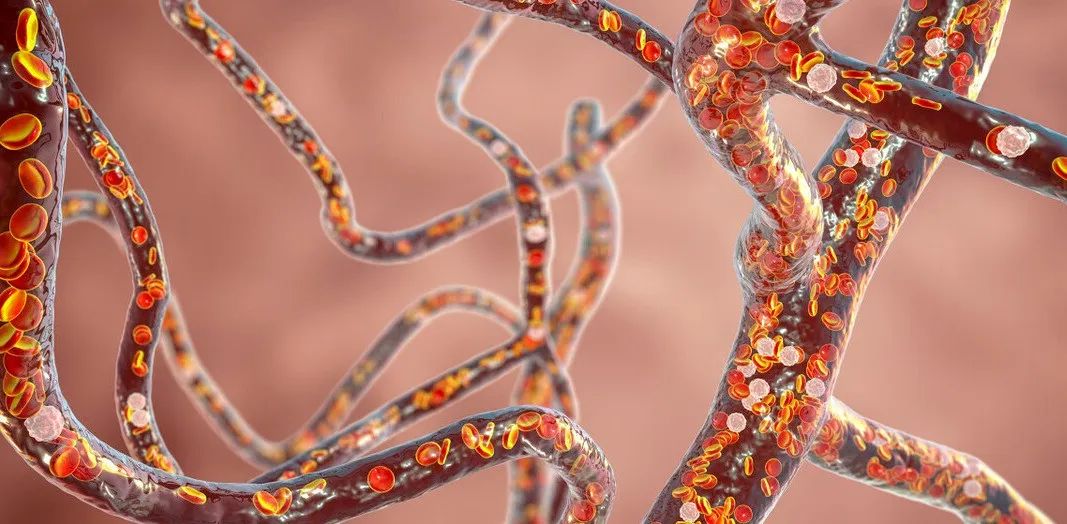
How to Determine if You Have a Blood Stasis Constitution?
A dull skin tone and tendency to develop spots are the most significant characteristics of a blood stasis constitution. Below are some common signs of blood stasis that you can check for.
1. Dull complexion
Individuals with a blood stasis constitution often have a lackluster complexion, with dry, rough skin and pigmentation issues, even the color of their lips appears dull. There are often fine red veins on the cheeks. Additionally, the eyes may have many blood vessels, dark circles, making the person appear very haggard.
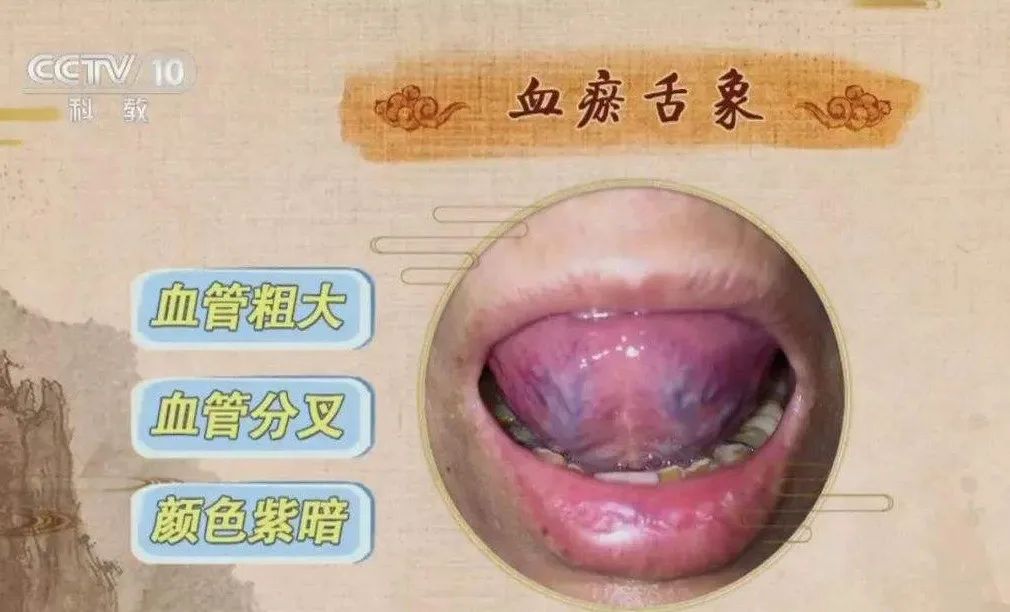
2. Purple lips and tongue
People with a blood stasis constitution often have darker lip color and a purplish tongue, sometimes with visible stasis spots. The veins under the tongue may appear dark and thick, and the gums may bleed easily.
3. Irritable emotions
Individuals with a blood stasis constitution frequently feel depressed, irritable, and are prone to anger. They may also experience poor memory and forgetfulness.
4. Easy bruising and hair loss
People with a blood stasis constitution may develop unexplained bruises. Additionally, they are prone to hair loss, feel cold, and are susceptible to colds.

5. Menstrual pain and blood clots
For women, a blood stasis constitution may present with dark menstrual blood and even blood clots. They often endure menstrual pain, which can be sharp and localized, and in severe cases, may lead to amenorrhea or menorrhagia.
There are many factors that can cause blood stasis, including both external and internal factors. TCM believes that the flow of blood relies on the movement and regulation of Qi. The Huangdi Neijing states, “When Qi flows, blood flows; when Qi is stagnant, blood stasis occurs,” meaning that when Qi is unobstructed, blood can flow freely.

Key Adjustment: Invigorate Blood and Resolve Stasis
The primary issue with a blood stasis constitution is the lack of smooth blood flow. TCM states, “If stasis blood does not disperse, new blood cannot be generated.” Therefore, the first step for individuals with a blood stasis constitution is to eliminate the stasis blood within the body, allowing fresh, healthy blood to circulate unobstructed. To clear stasis blood, one must promote the flow of Qi and blood, which relies on the heart Qi to invigorate and promote blood circulation, thus naturally resolving the issue of blood stasis.
Sharing Several Food Ingredients for Invigorating Blood and Resolving Stasis
1. Tao Ren (Peach Kernel): The seed of the peach, TCM considers Tao Ren to be sweet and neutral, with a bitter taste, entering the lung, liver, and large intestine meridians. It has the effects of breaking blood stasis and moistening dryness, as well as promoting bowel movements.
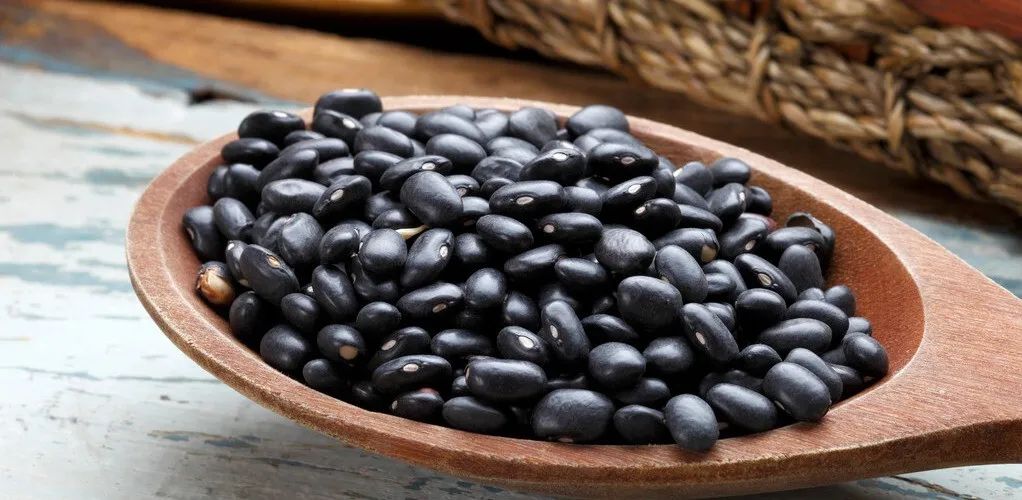
2. Hei Dou (Black Bean): Black beans contain 18 types of amino acids and 19 types of unsaturated fatty acids, which not only meet the body’s fat requirements but also help lower cholesterol levels. From a TCM perspective, black beans invigorate blood, promote diuresis, dispel wind, clear heat and detoxify, nourish and strengthen blood, and prevent hair loss.
3. Hong Tang (Brown Sugar): Brown sugar is unrefined cane sugar that has blood-nourishing and blood-invigorating properties.
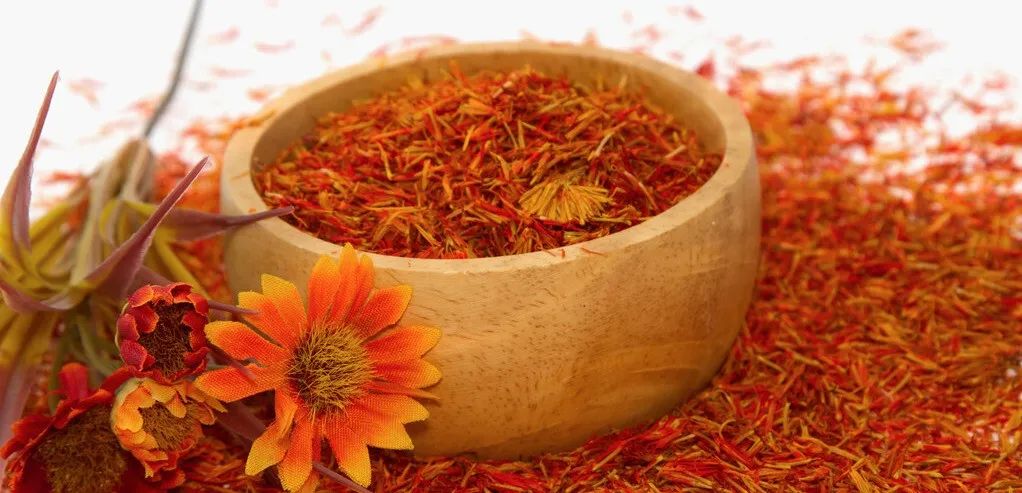
4. Hong Hua (Safflower): Safflower has the effects of invigorating blood, regulating menstruation, and alleviating pain, but it should not be consumed by pregnant women.
5. Yi Mu Cao (Motherwort): Motherwort invigorates blood, resolves stasis, regulates menstruation, and reduces edema. However, it should not be consumed by pregnant women.
6. Ji Xue Teng (Sanguisorba): Sanguisorba has the effects of nourishing blood, invigorating blood, and promoting menstruation, but it should not be consumed by individuals with Yin deficiency and excessive heat.
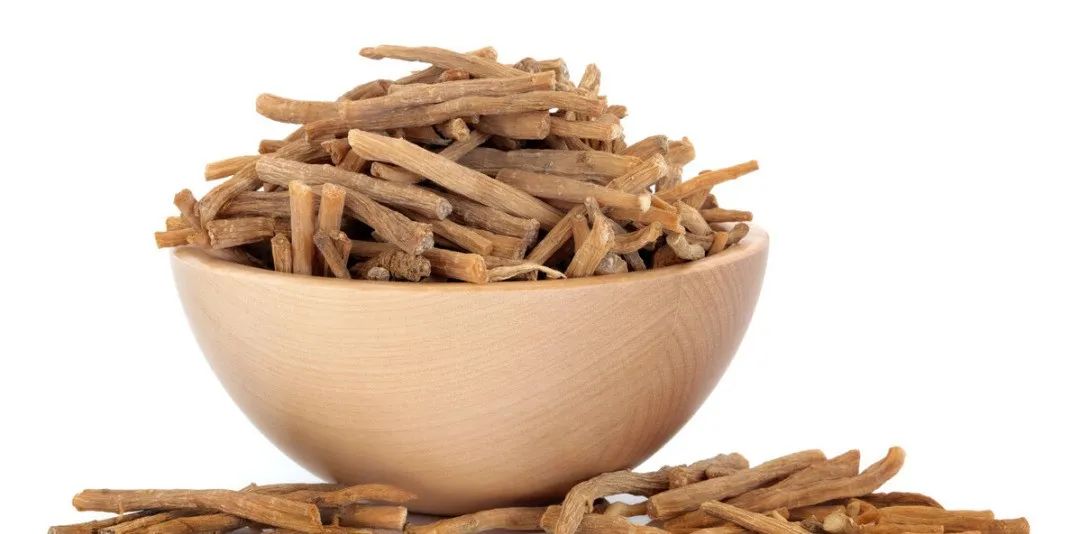
7. Niu Xi (Achyranthes): Achyranthes invigorates blood and resolves stasis, but it is not suitable for pregnant women, those with spleen deficiency and diarrhea, or those with excessive menstrual bleeding.
8. Yu Jin (Curcuma): Curcuma, also known as jade gold, has the effects of promoting Qi, resolving stasis, clearing the heart, relieving depression, and benefiting the gallbladder. However, dosage should be controlled, and it is not suitable for individuals with Yin deficiency and blood loss, or those without Qi stagnation and blood stasis.
9. Yan Hu Suo (Corydalis): Corydalis has the effects of invigorating blood, promoting Qi, and alleviating pain.
Finally, Sharing a Recipe—Angelica and Notopterygium Black Chicken Soup
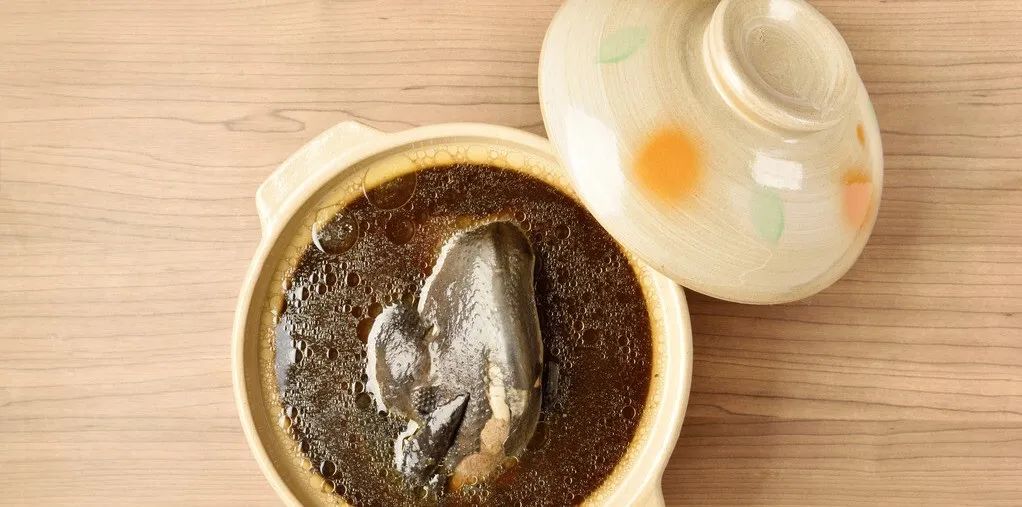
Ingredients: 1 black chicken, 15g Angelica (Dang Gui), 5g Notopterygium (Tian Qi), 1 piece of ginger, salt, and goji berries to taste.
Method: First, soak and wash the Angelica and Notopterygium in water for a while. Place all ingredients in a pot, add water to cover the black chicken, and add ginger to heat.
Next, once the water boils, take another pot to steam the mixture over water, steaming on high heat for 3 hours until the chicken is tender and ready to eat.
Effects: This soup has blood-nourishing and stasis-resolving properties, suitable for those with menstrual irregularities and blood deficiency.
Note: This soup is not suitable for individuals with Yin deficiency and excessive heat. If you feel irritable, have a dry mouth and bitter taste, or have a cold, do not consume it. Additionally, those with poor gastrointestinal health and digestive issues should regulate their spleen and stomach before consuming.
Remember Follow us!
Follow us!
Note: Some text and image resources in this article are sourced from the internet. The purpose of reprinting this article is to convey more information. If there are any errors in source attribution or infringement of your legal rights, please notify us immediately, and we will delete it promptly and apologize.
Recommended Highlights

